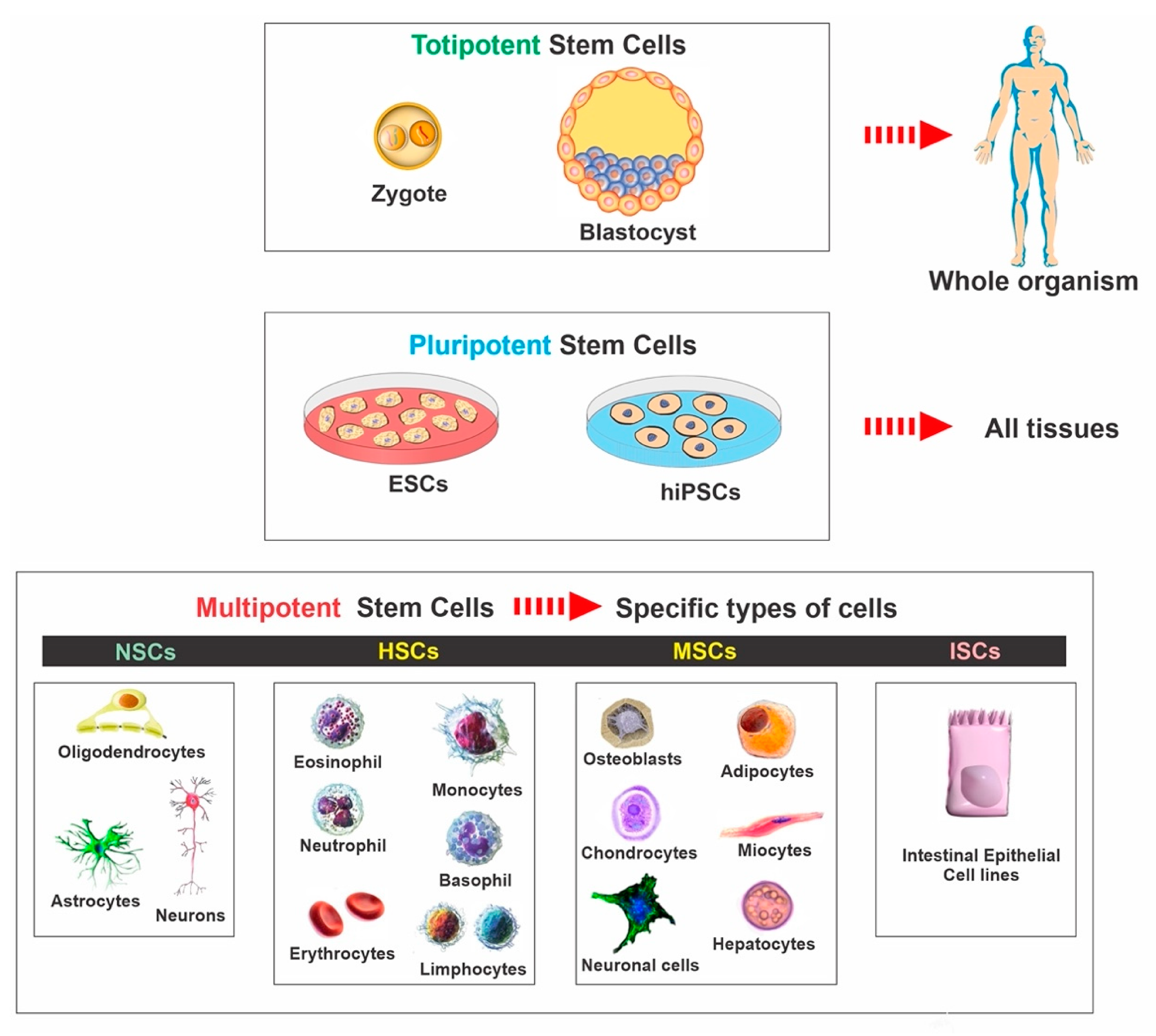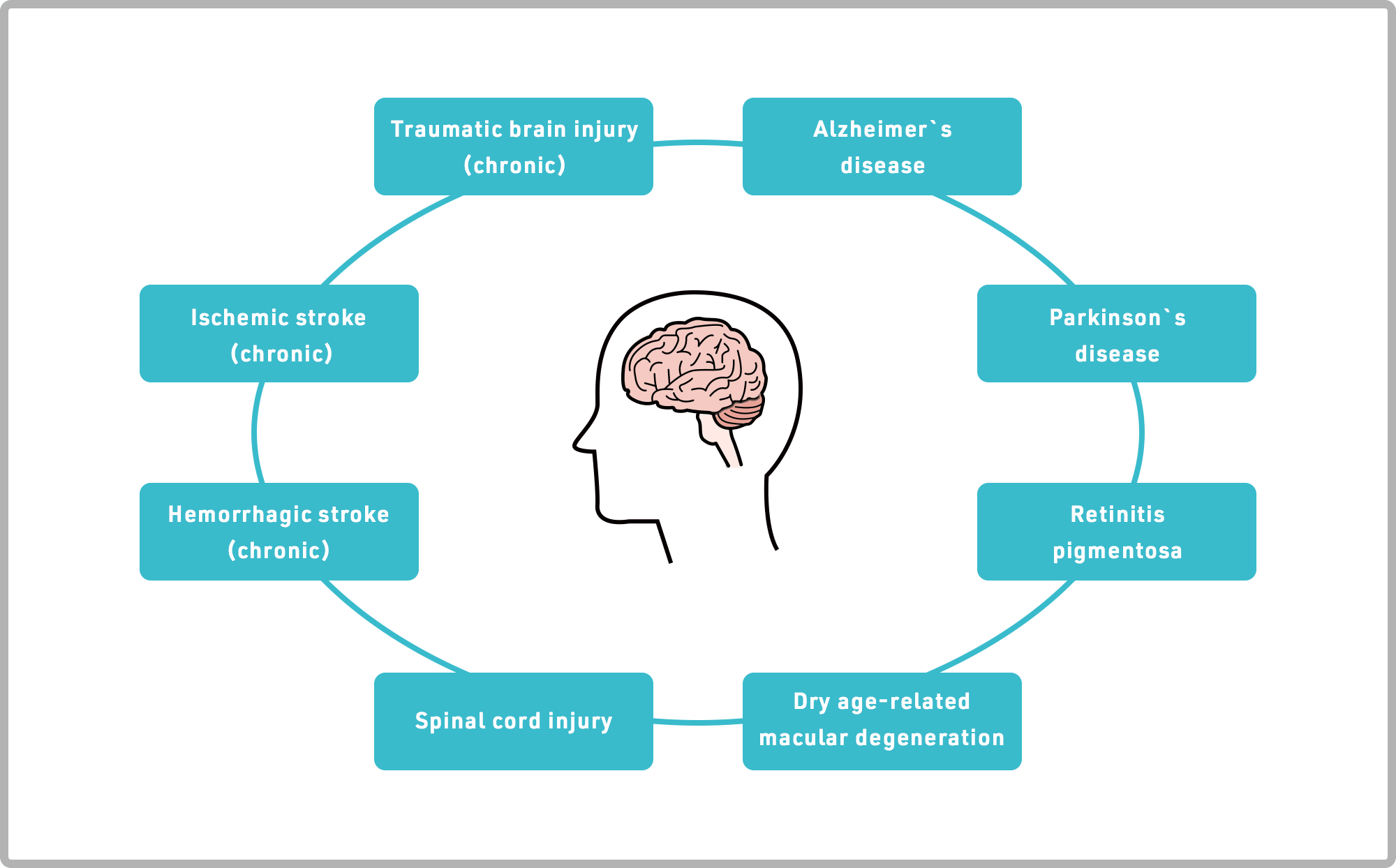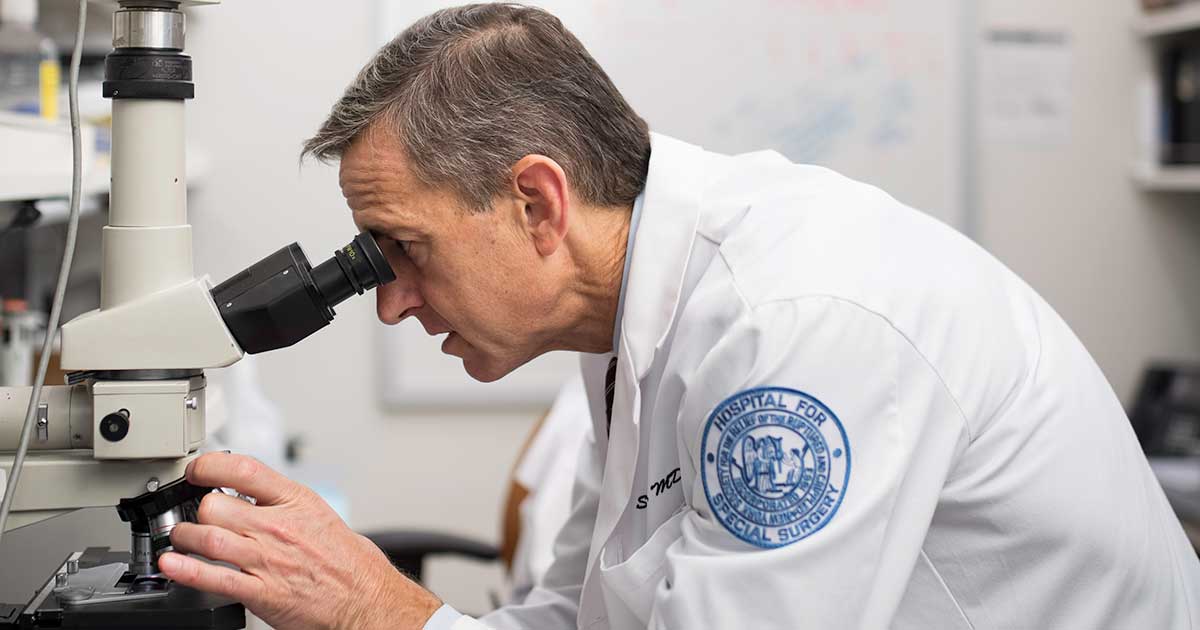Table of Contents

[/image][=video]
[/video]
Most sites made use of for bone marrow harvesting are located in the hip bones and the sternum. In recuperation, the contributor might experience some discomfort in the areas where the needle was inserted.

If an autologous transplant is prepared, previously collected stem cells, from either outer (apheresis) or harvest, are counted, evaluated, and ready to infuse. The preparations for a bone marrow transplant vary relying on the kind of transplant, the disease needing transplant, and your tolerance for sure medicines. Take into consideration the following: A lot of usually, high dosages of radiation treatment and/or radiation are consisted of in the prep work.
Ablative therapy prevents this procedure of cell manufacturing and the marrow comes to be vacant. A vacant marrow is needed to make area for the new stem cells to expand and establish a new blood cell manufacturing system.
It is not a surgery to position the marrow right into the bone, yet is similar to obtaining a blood transfusion. The stem cells locate their means right into the bone marrow and begin recreating and growing brand-new, healthy blood cells. After the transplant, supportive treatment is offered to prevent and treat infections, negative effects of treatments, and issues.
Medical Group local to Madison Heights, Michigan
The days before transplant are counted as minus days. The day of transplant is taken into consideration day no. Engraftment and recovery complying with the transplant are counted as plus days.
The days are numbered to aid the client and household recognize where they are in terms of risks and discharge preparation. During infusion of bone marrow, the patient may experience the following: Pain Chills Fever Hives Chest pain After mixture, the individual may: Invest numerous weeks in the health center Be really at risk to infection Experience extreme bleeding Required blood transfusions Be restricted to a clean environment Take numerous anti-biotics and various other medicines Be given medication to stop graft-versus-host diseaseif the transplant was allogeneic.
Platelets are normally the last blood cell to recover. Engraftment can be postponed since of infection, medicines, low given away stem cell count, or graft failing.
Bacterial infections are one of the most typical. Viral and fungal infections can be serious. Any infection can cause an extensive hospital remain, protect against or postpone engraftment, and/or cause irreversible organ damage. Antibiotics, antifungal medications, and antiviral medicines are commonly provided to try to stop significant infection in the immunosuppressed individual. Thrombocytopenia (reduced platelets) and anemia (low red cell), as a result of a nonfunctioning bone marrow, can be dangerous and also deadly.
Liquid overload is a complication that can lead to pneumonia, liver damage, and high blood pressure. The major reason for fluid overload is since the kidneys can not maintain up with the large quantity of fluid being provided in the type of intravenous (IV) medicines, nutrition, and blood products.
Menopause Therapy

Respiratory system status is a vital feature that may be jeopardized during transplant. Infection, swelling of the air passage, liquid overload, graft-versus-host illness, and blood loss are all possible deadly difficulties that might take place in the lungs and pulmonary system. The liver and heart are essential organs that may be harmed throughout the transplant process.
Failure of the graft (transplant) taking hold in the marrow is a prospective issue. Graft failure might take place as an outcome of infection, frequent condition, or if the stem cell matter of the contributed marrow was inadequate to trigger engraftment. Graft-versus-host illness (GVHD) can be a major and lethal difficulty of a bone marrow transplant.
As opposed to an organ transplant where the patient's body immune system will try to deny only the hair transplanted body organ, in GVHD the new or hair transplanted body immune system can attack the entire person and all of his/her body organs. This is since the new cells do not recognize the cells and body organs of the recipient's body as self.

The most usual sites for GVHD are GI tract, liver, skin, and lungs. Diagnosis significantly depends on the following: Sort of transplant Type and degree of the illness being dealt with Illness response to therapy Genes Your age and overall wellness Your tolerance of details medicines, procedures, or treatments Intensity of complications As with any kind of procedure, in bone marrow transplant the diagnosis and lasting survival can differ substantially from individual to individual.
Regenerative Therapy
Constant follow-up treatment is necessary for the person following a bone marrow transplant. New approaches to enhance treatment and to decrease complications and side impacts of a bone marrow transplant are continually being discovered.
Regenerative medication treatments can be separated into 3 classifications: assist in recovery by infusing or positioning live cells into the client. Examples of cellular treatment include PRP and stem cell therapies, which can be used to deal with tendinopathy and various other sports injuries.
Phys Med Rehabil Clin N Am. 2014; 25( 4 ):881 -95. As time passes, individual physicians learn and share information, improving the application of these treatments. See Are PRP Injections Effective?Until much more is known, regenerative medicine treatments are ruled out basic practice and insurance plans generally do not cover them. Many individuals are ready to pay out-of-pocket. is advancing swiftly with developmentsin stem cells, genetics therapy, and cells design. This post digs into these innovative techniques, highlighting their transformative capacity for tissue and body organ repair. are poised to change clinical therapies and improve client outcomes. Cell regeneration, the process of restoring shed cells to recover typical function, differs across various cells and organs. In Drosophila larval wing discs, cells resistant to apoptosis aid tissue regeneration. Computer mouse digit suggestion regeneration is mediated by the blastema, including various progenitor cells, as highlighted in this research study.: The diversity of cells within a cells can impact regrowth. Peripheral nerves, as an example, include Schwann cells, nerve fibroblasts, and immune cells, each contributing in nerve regrowth, as discussed below. These aspects connect dynamically, making cell regeneration an intricate procedure that differs based upon the details cells or body organ. Cell regeneration plays an important function in preserving the body's total health and wellnessand health. It is accountable for repairing and replacing damaged or aging cells, making sure the proper functioning of organs and cells. Efficient cell regrowth therapy can substantially influence the therapy of various medical conditions, including degenerative conditions, injuries, and also the aging procedure. Numerous significant milestones have actually marked the progress of cell regrowth research. In the late 18th century , Italian biologist Lazzaro Spallanzani carried out pioneering experiments on the regrowth of amphibian arm or legs, supplying proof for the regenerative ability of specific microorganisms. In the 20th century, the exploration of stem cells by Canadian researchers Ernest McCulloch and James Till changed the area. Harold E. Varmus, that played an important role in clarifying the hereditary basis of cancer, and Dr. Michael S. Brown and Dr. Joseph L. Goldstein, who found the function of low-density lipoprotein (LDL) receptors in cholesterol metabolism. Stem cell therapy is among the most thoroughly investigated and appealing branches of cell regrowth treatment. This irritant sets off a localized inflammation feedback, which prompts the launch of growth factors and the employment of regenerative cells. Gradually, the regenerative cells help with the repair work and regrowth of injured tissues, using relief to individuals dealing with chronic bone and joint pain or joint instability. Cartilage regrowth therapy concentrates on restoring damaged or deteriorated cartilage, which plays a critical function in joint function and flexibility. Some cells, such as epithelial cells in the skin or the cellular lining of the stomach tract, have a high turnover rate and can regrow swiftly. In contrast, cells in the main nerve system, such as nerve cells, have limited regenerative capacity. This disparity is primarily due to the intricacy of the cells, the existence of inhibitory factors, and the cellular setting. Cell regrowth treatment supplies promising services for speeding up injury recovery and dealing with numerous injuries.
Navigation
Latest Posts
Medical Group around Madison Heights
Perimenopause Treatment
Medical Group local to Madison Heights